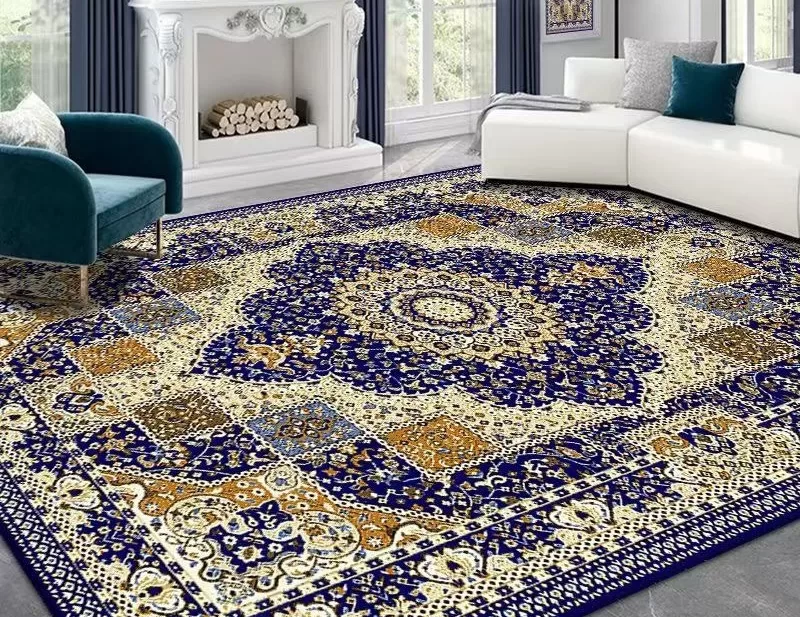In an unlikely marriage of traditional craftsmanship and cutting-edge technology, the world of Persian carpets is witnessing a revolutionary transformation through the advent of 3D printing. With its ability to bring intricate designs to life with precision and speed, 3D printing is offering this ancient art form a bold new dimension. In this blog post, we explore the remarkable fusion of 3D printing and Persian carpets, delving into the potential of this exciting development and its impact on the future of carpet production.
Unlocking Limitless Design Possibilities:
Persian carpets are renowned for their intricate patterns and meticulous handwork. However, the process involves months, if not years, of painstaking craftsmanship by skilled artisans. 3D printing has now introduced a groundbreaking approach, allowing manufacturers to create intricate carpets with impeccable accuracy and detail in considerably less time. By combining computer-aided design (CAD) software with 3D printing technology, artisans and designers can digitally translate complex patterns into tangible carpet masterpieces. The precision and control offered by this technology have given rise to breathtaking designs that push the boundaries of creativity.
Preserving Heritage and Tradition:
The heritage of Persian carpet making spans centuries, and artisans take immense pride in preserving traditional techniques. With 3D printing, this rich tradition remains intact while enabling artisans to explore new design horizons. By digitizing traditional patterns and motifs, craftsmen can recreate them faithfully and with enhanced precision, paying homage to their historical significance. This remarkable balance of innovation and heritage ensures that 3D-printed Persian carpets retain the soul and artistic essence of their handmade counterparts.
Efficiency and Sustainability:
Apart from expanding design possibilities, 3D printing also offers key advantages in terms of sustainability and production efficiency. Traditional carpet manufacturing often generates material waste due to cutting and shaping processes. In contrast, 3D printing minimizes waste by using only the necessary materials, resulting in a more eco-friendly production process. Moreover, the time saved in production allows for quicker turnaround times, meeting market demands while reducing labor-intensive efforts.
Customization and Accessibility:
One of the most compelling aspects of 3D printing fused with Persian carpet making is the accessibility it brings to this art form. Previously, handmade Persian carpets were exclusive and inaccessible due to the time-consuming nature of production. However, 3D printing enables efficient mass production while offering customization options. Clients can now request personalized designs, sizes, and color schemes, ultimately democratizing the carpet-buying experience. This accessibility ensures that the beauty of Persian carpets can be appreciated by a wider audience worldwide.
Challenges and Future Prospects:
Despite the significant strides made, certain challenges remain in the integration of 3D printing with Persian carpet making. Fine details and the tactile experience of handmade carpets are elements that 3D printing is yet to replicate perfectly. However, with ongoing advancements in materials and technology, the line between handmade and 3D-printed carpets continues to blur.
The fusion of 3D printing and Persian carpets is an ongoing journey that holds immense potential. As designers, craftsmen, and technologists work hand in hand, this remarkable blend promises to shape the future of carpet production, preserving tradition while pushing creative boundaries. It is an exciting time for the world of carpets, as innovation and tradition unite to create awe-inspiring designs accessible to all.



